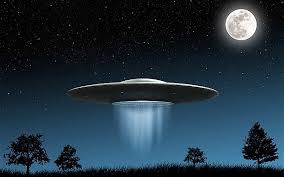
A study by the Indian Institute of Astrophysics (IIA) an autonomous institute of Department of Science and Technology which detected the presence of singly ionised fluorine for the first time in the atmospheres of hot Extreme Helium Stars makes a strong case that the main formation of these objects involves a merger of a carbon-oxygen (CO) and a Helium (He) white dwarf.
Daily Current Affairs Quiz 2020
Key-Points
An extreme helium star (EHe) is a low-mass supergiant that is almost devoid of hydrogen. It is the most common chemical element of the universe. There are 21 of them detected so far in our galaxy.
There are no known conditions where stars devoid of hydrogen can be formed from molecular clouds, it is theorized that they are the product of the mergers of helium-core and carbon-oxygen core white dwarfs.
The known extreme helium stars are super giants where hydrogen is under abundant by a factor of 10,000 or more.
The surface temperatures of these stars range from 9,000–35,000 K.
They are primarily composed of helium, with the second most abundant element, carbon, forming about one atom per 100 atoms of helium.
The chemical composition of these stars implies that they have undergone both hydrogen and helium burning at some stage of their evolution.





